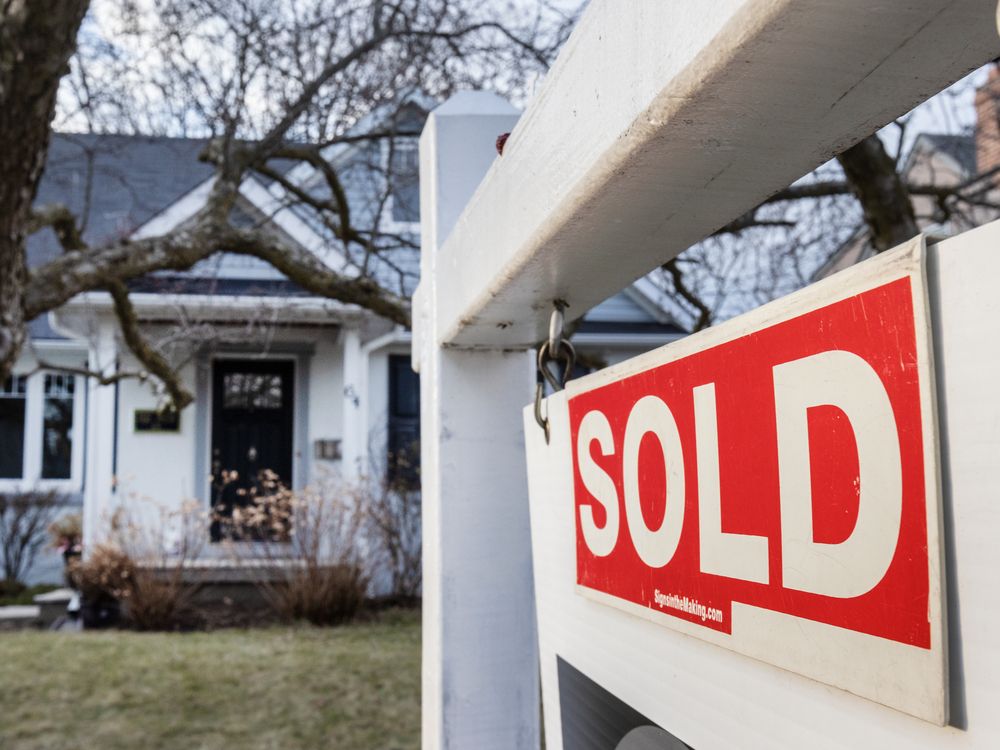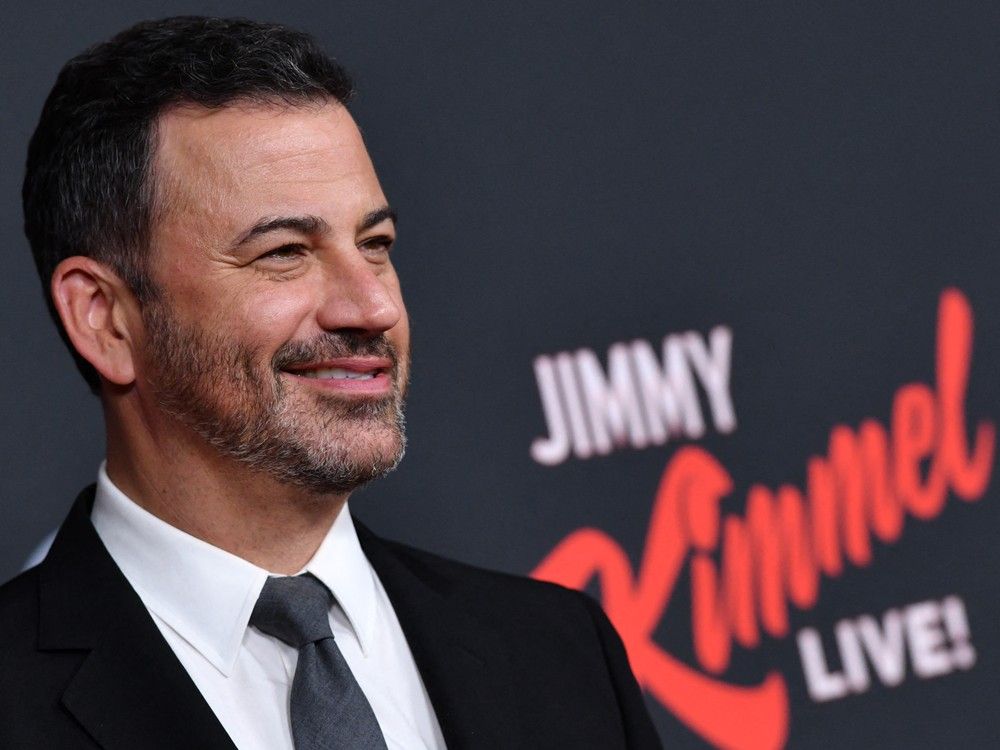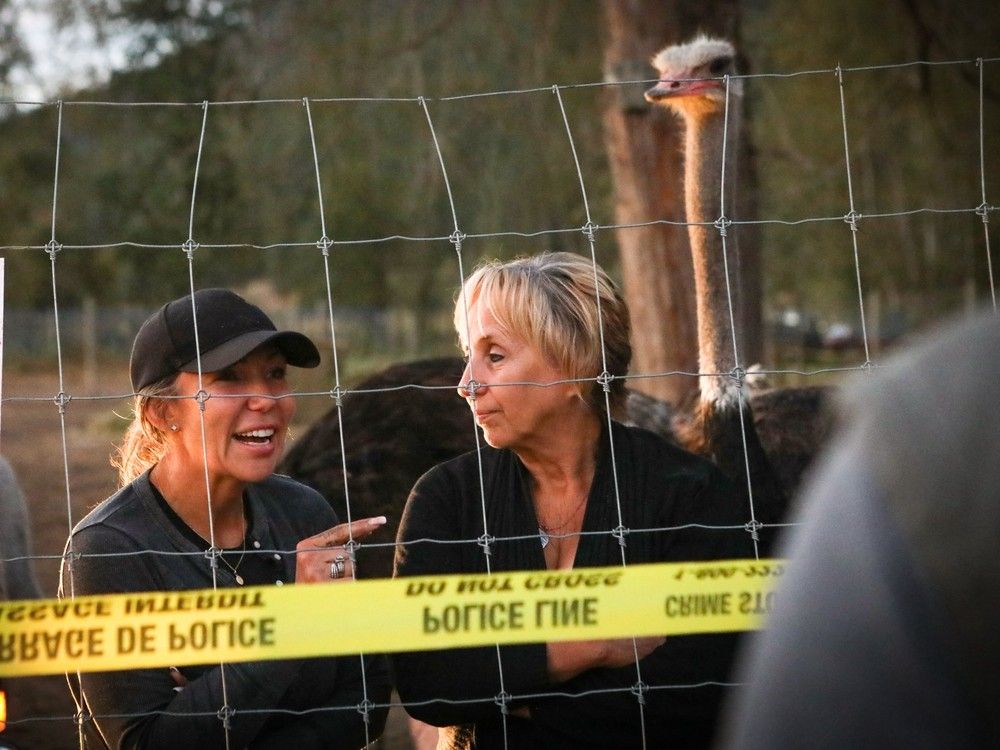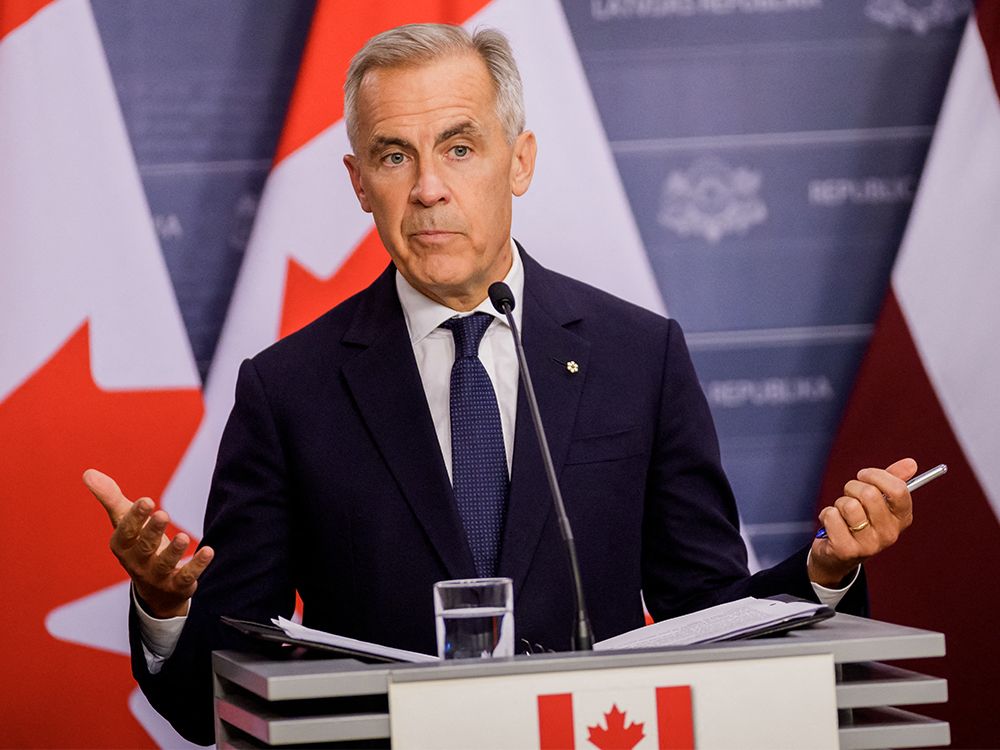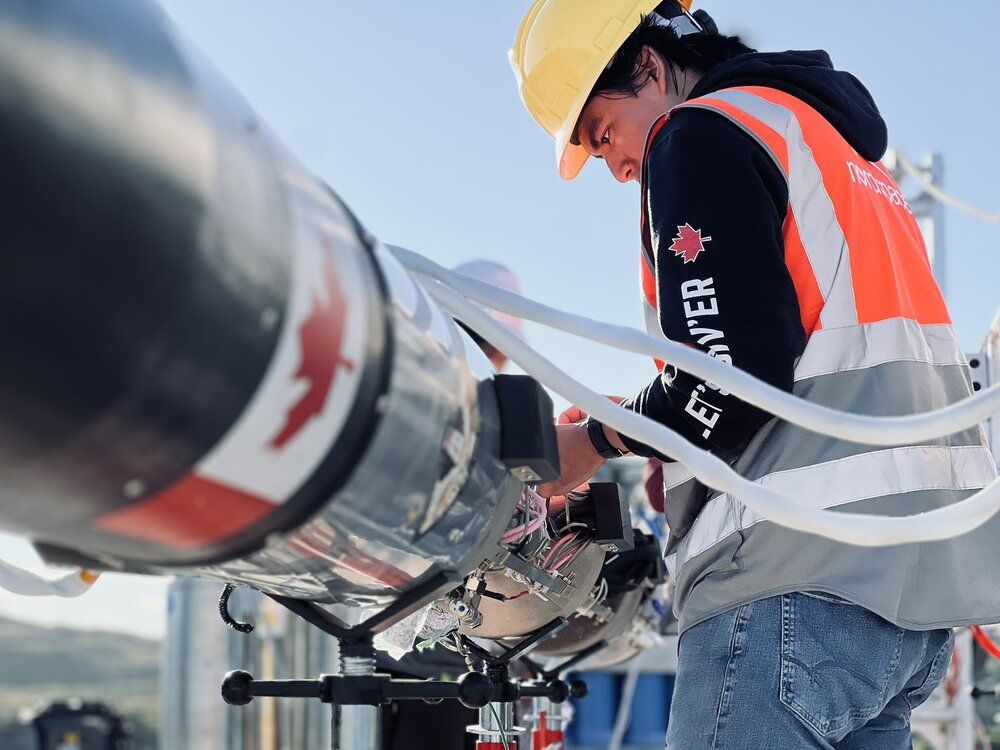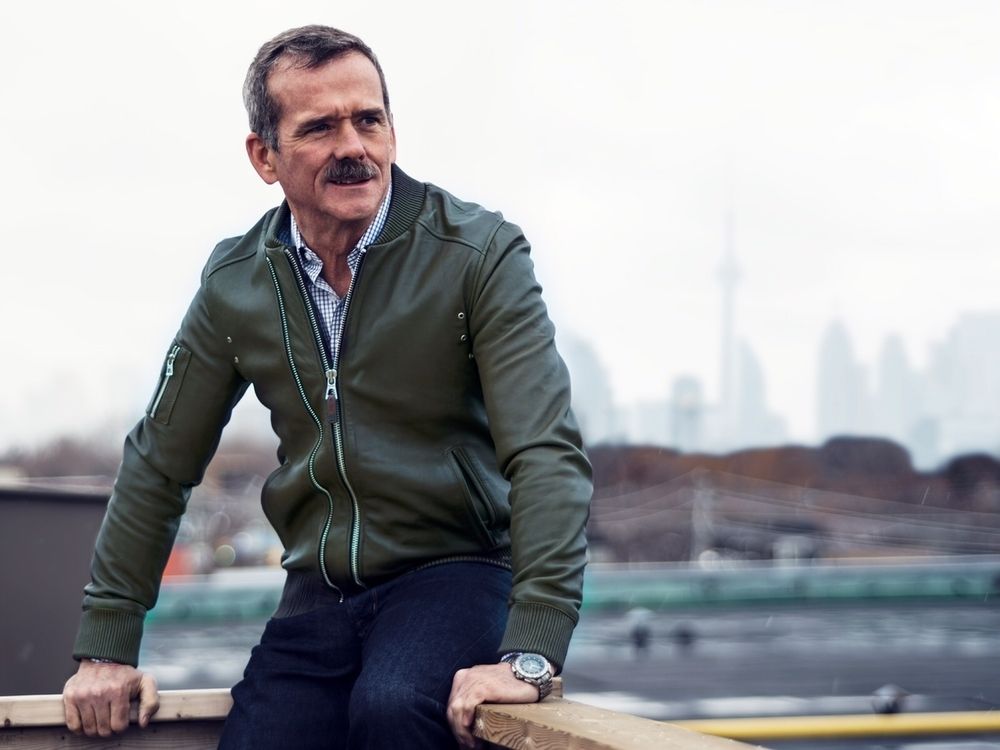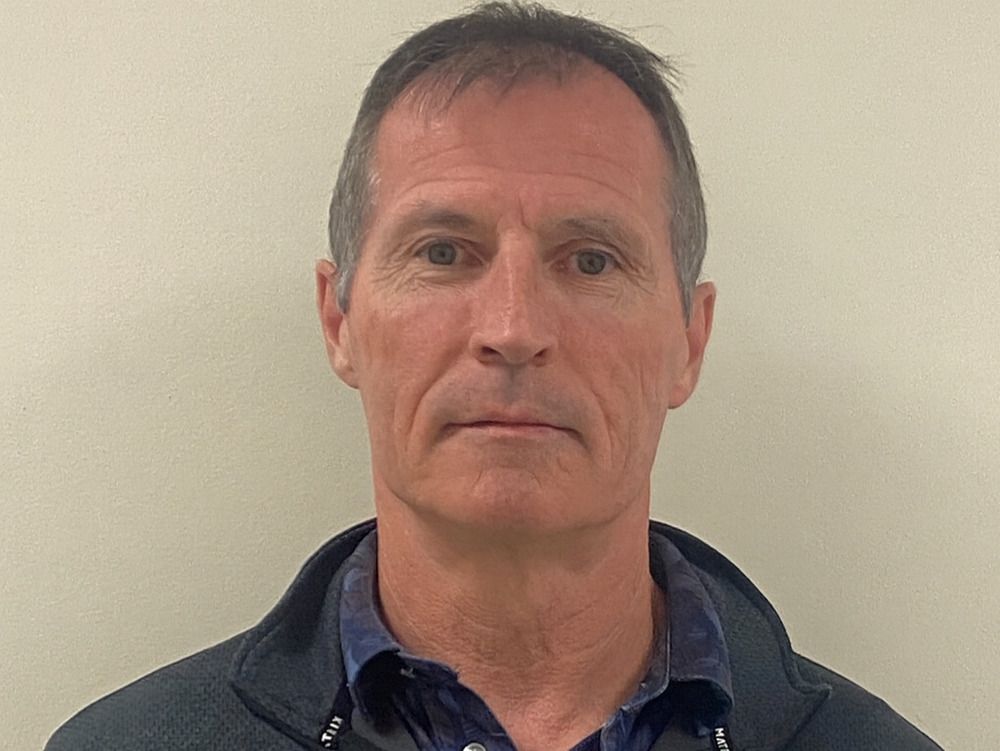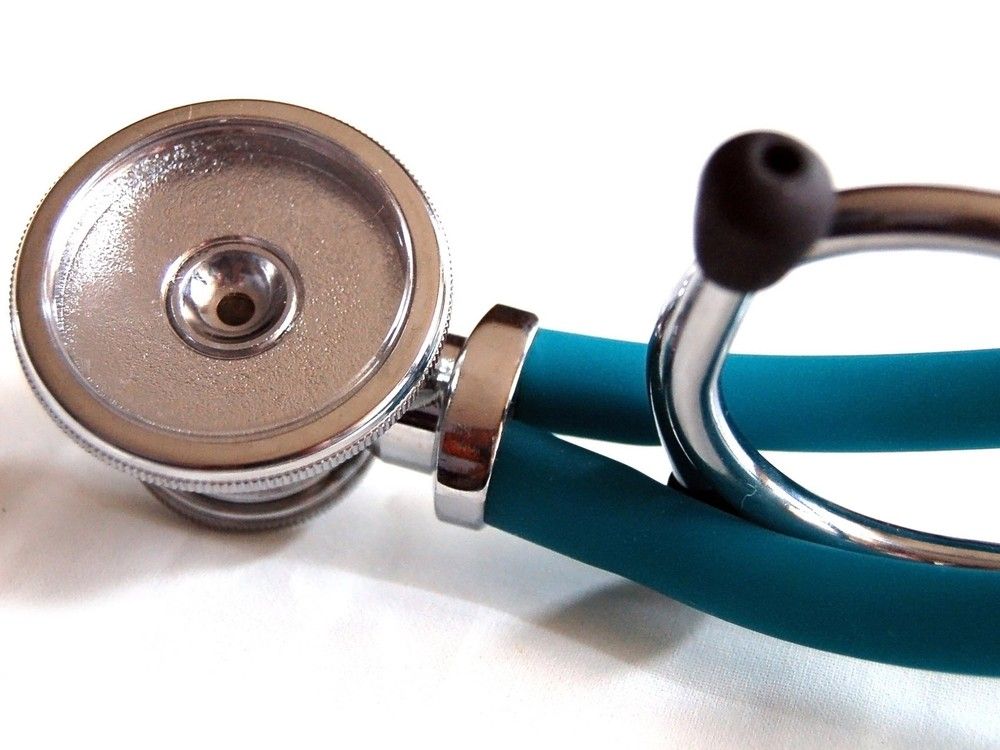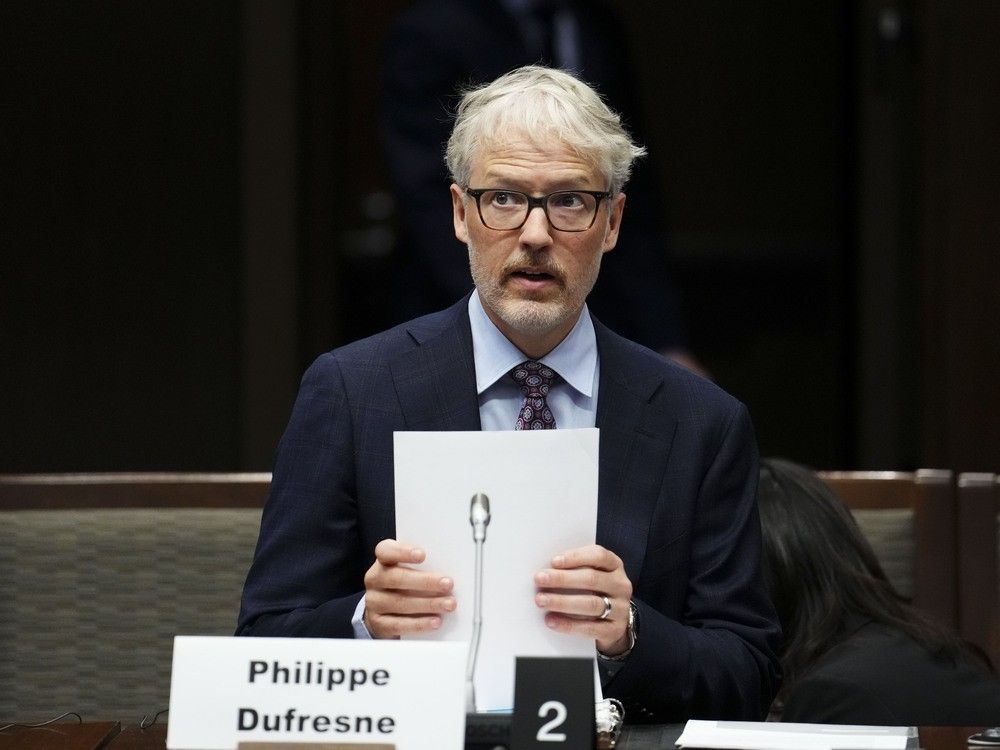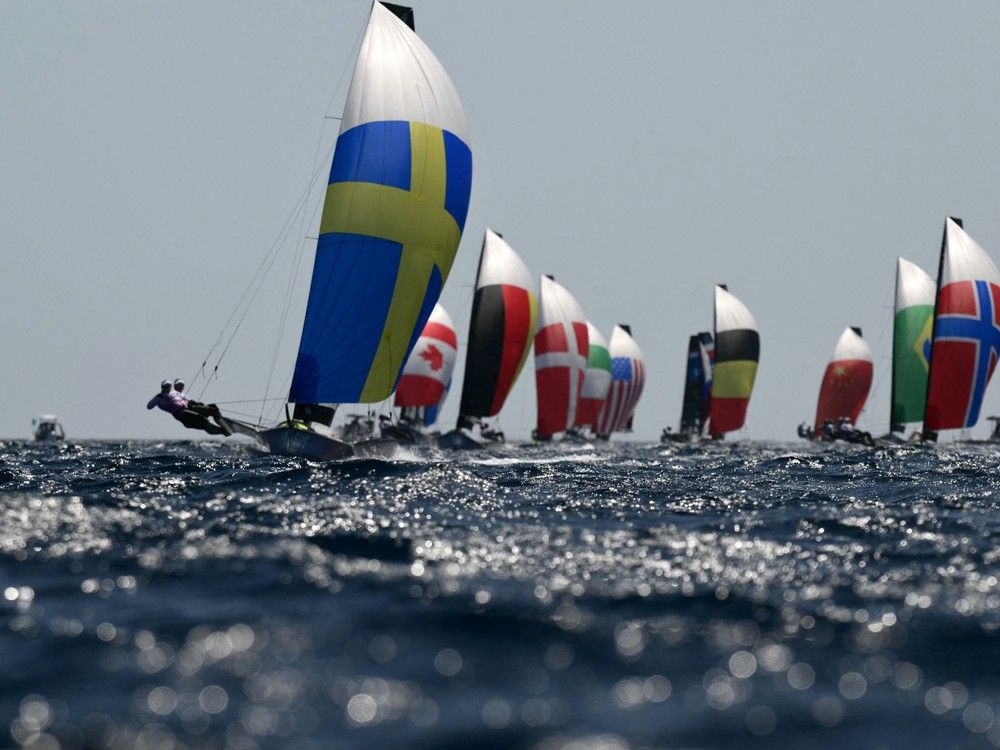
A former Olympic hopeful who alleges she was raped in July 2024 by one of her fellow sailing competitors has launched a lawsuit aimed at the governing bodies of the sport, seeking $9 million in damages.
The woman, who was 21 at the time of the alleged sexual assault in Halifax, names Sail Canada, Sail Nova Scotia, and the Royal Nova Scotia Yacht Squadron, as well as several individuals within those organizations, as defendants in her statement of claim filed at the Ontario Superior Court of Justice in Kingston.
“She’s not actually suing for the assault because then it gets into everything we saw with Hockey Canada, with he said, she said. She’s not going down that rabbit hole,” her lawyer, Mike Smitiuch, said Wednesday.
“She’s suing for the lack of action taken by the authorities.”
He refused to provide details of the alleged sexual assault, which took place July 16, 2024, according to his client’s statement of claim.
She reported it 10 days later to her head coach. “Specifically, that she was raped by a fellow competitive sailor in the provincial Skiff Squad, who was also a co-coach of the defendant, RNSYS,” said her claim.
In a written statement, Kate MacLennan, who heads Sail Canada’s board of directors, said the organization “will fully cooperate with the legal process and will respond to the allegations as part of that process.”
But MacLennan said she would not delve into the young sailor’s allegations as the lawsuit is ongoing.
“Our immediate thoughts are with the plaintiff and her well-being,” MacLennan said. “Sail Canada has worked closely with its Safe Sport partners since becoming aware of this situation last year, a process which has included immediate and proactive communications with the Office of the Sport Integrity Commissioner to ensure our continued compliance with the policies and procedures of the Universal Code of Conduct to Prevent and Address Maltreatment in Sport.”
Sail Canada continuously reviews its “programs and policies to adopt and implement measures that ensure all participants from the recreational level to the Olympic pathway engage in a safe, healthy, inclusive, and welcoming environment,” Maclennan said. “This commitment has been and remains a major priority for our organization.”
In a written statement, Sail Nova Scotia said its board of directors and executive director “have engaged legal counsel and together will undertake a thorough review of the allegations and will respond as part of the legal process. We appreciate that this has been and remains a challenging time for the complainant and hope that she has been receiving the necessary support.”
It would not comment directly on the lawsuit. “Sail Nova Scotia believes everyone involved in our sport has the right to participate in a safe and inclusive manner and is committed to maintaining an environment that is free from abuse, discrimination or harassment,” said the organization’s statement.
The RNSYS did not respond immediately to requests for comment.
None of the allegations have been proven in court.
The young British Columbia woman, who is not named in the suit, is claiming $1.5 million in general damages for mental distress, $2.5 million in special damages and $5 million in punitive damages.
“We’re always open to discussion on settlement,” Smitiuch said. “Maybe it doesn’t even have to be primarily a monetary settlement. It could be very active proactive steps that are being taken to ensure what happened to her doesn’t happen to anyone else in the future.”
According to her statement of claim, she was a member of the Skiff Squad Olympic training program at the time of the alleged rape, and she was coaching sailors at the RNSYS, which bills itself as the oldest yacht club in the Americas.
She took her rape allegation to Halifax Regional Police, Smitiuch said. “A report was made, but frankly, she, at the time, was not in a good state of mind to pursue it further at that time.”
Her alleged assailant, who is not identified in the suit, was working as a co-coach with her at the RNSYS at the time of the alleged rape.
In her claim, the woman said she reported the sexual assault to a coach at the Squadron.
“Immediately after, she’s removed from the Skiff Squad WhatsApp group chat, which is the primary form of communication for the Skiff Squad team,” Smitiuch said.
“Instead of investigating effectively, we’re saying that she’s ignored, and she’s then shunned and then she’s punished.”
Nobody delved into her allegations, said her lawyer.
“She’s shunned because she’s removed from team communication and then punished, because, essentially, word starts spreading and people start asking questions at work, it creates a hostile work environment, and she is forced to resign” in August of 2024 as a coach at the RNSYS, Smitiuch said.
“It became a quite hostile and difficult environment.”
Before she resigned, another coach asked her to “detail the rape publicly in front of her colleagues,” according to the lawsuit.
“She was slut shamed,” Smitiuch said. “That’s the feeling that my client had.”
A report her employer sent to the Worker’s Compensation Board of Nova Scotia “minimized what happened to this young lady,” he said.
After she reported the alleged sexual assault, the young woman “was de facto expelled from the provincial Skiff Squad program,” said her statement of claim.
The young woman, identified only as A.B. in court documents, said before the sexual assault, it felt like she was finally achieving something in sailing.
“When it first happened I just couldn’t really admit to myself what had happened to me and what everyone was doing to me,” she told The Alex Pierson Show on 640 Toronto.
“It was a bit of a whiplash moment the treatment that I faced because these were my friends, and these were my coaches, and these were the people that I trusted most. And to be treated like that by them, it really destroyed me and I didn’t really feel human anymore.”
She is no longer involved in competitive sailing, said her lawyer.
“Sadly, she’s given up on her goal of being an Olympic sailor,” Smitiuch said. “Because of what happened to her, her love for the sport is all but gone.”
Her suit alleges the young sailor tried to kill herself twice since the alleged sexual assault.
“She felt worthless, powerless, and it led to, sadly, some serious consequences for her,” said Smitiuch, noting his client has been getting therapy to address the issue.
The accused is still coaching sailing in another province, said her lawyer.
“That’s the most troubling part of this,” Smitiuch said. “It does seem like the old boys club is alive and well in the sport of sailing.”
The young woman also filed a complaint this past July to the Nova Scotia Human Rights Commission about how her sexual assault was investigated, said her lawyer.
“It focuses on, specifically, institutional betrayal, retaliation and collusion,” Smitiuch said.
Our website is the place for the latest breaking news, exclusive scoops, longreads and provocative commentary. Please bookmark nationalpost.com and sign up for our daily newsletter, Posted, here.





